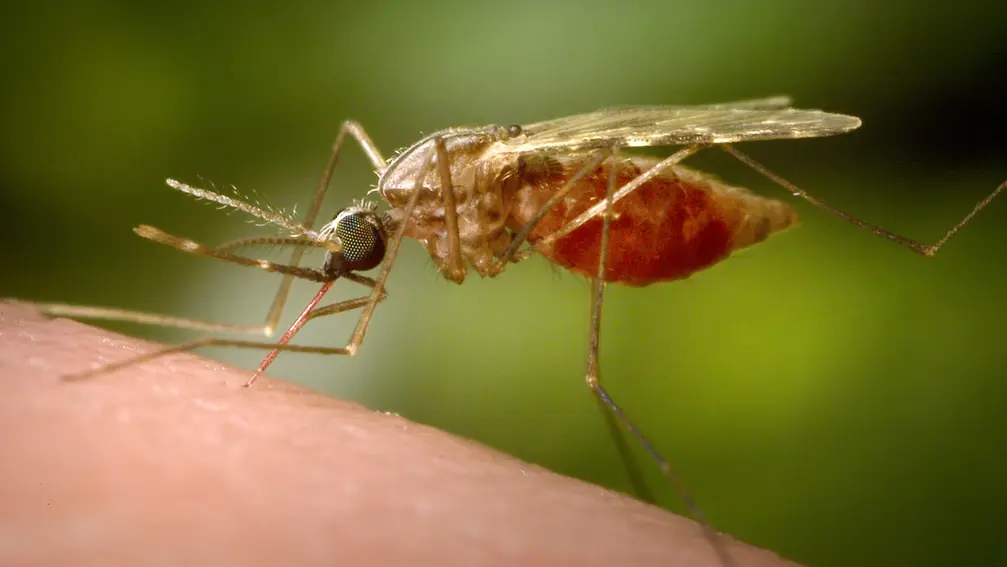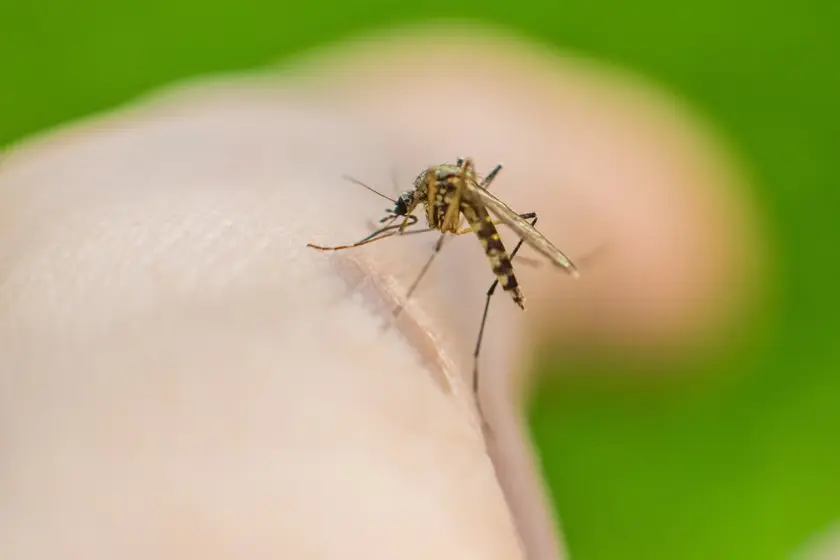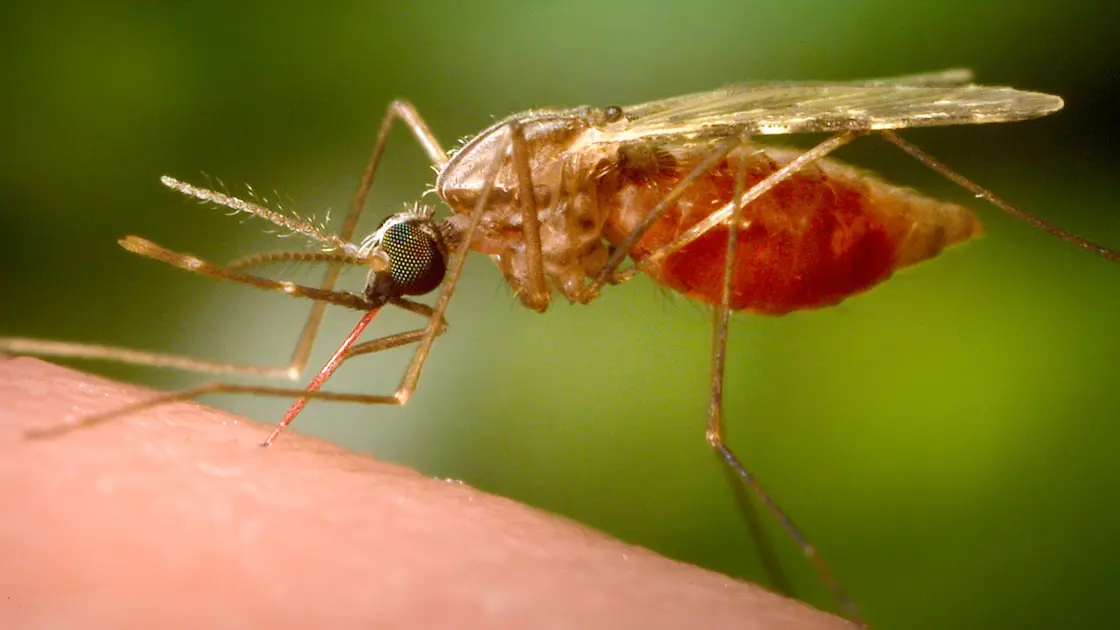T4K3.news
Chikungunya outbreak grows in Foshan
Authorities report over 7,000 cases in Foshan as of August 13 and continue vector control efforts to curb spread.

The mosquito-borne chikungunya outbreak in Foshan tests public health response as authorities fight the spread.
Foshan battles China's largest chikungunya outbreak
China’s southern city of Foshan leads a chikungunya outbreak with more than 7,000 confirmed cases reported as of August 13. Authorities say control measures include distributing bed nets, spraying insecticide, and using drones to identify breeding sites. Officials note the daily rise in cases is easing, suggesting containment is taking effect for now. This outbreak is described as the largest in China’s history for chikungunya and highlights how quickly a virus can spread in urban areas when immunity is low.
Experts point out that chikungunya has not previously been established on the Chinese mainland, leaving many residents more vulnerable. Cesar Lopez-Camacho of Oxford University says the lack of pre existing immunity could accelerate transmission if control efforts waver. The event also raises questions about the capacity of local health systems to sustain vector control, surveillance, and public communication in a country new to this virus.
Key Takeaways
"What makes this event notable is that chikungunya has never been established in mainland China before. This suggests most of the population had no pre-existing immunity, making it easier for the virus to spread quickly."
Oxford epidemiologist Cesar Lopez-Camacho on the outbreak's novelty and immunity gap
The Foshan episode underscores the ongoing challenge of mosquito control in dense cities where weather, movement, and urban design interact. Vector control is a long arc of constant work, not a one off effort, and it depends on steady funding, clear messaging, and community cooperation. If resources slip or information gaps widen, the outbreak could rebound.
In the longer term, the episode could influence public health budgeting and cross border cooperation with Hong Kong. It tests risk communication and the ability to keep travel and industry flowing while advising residents to take simple precautions. Policymakers may need to translate this event into stronger surveillance and sustained investment in mosquito control and disease monitoring.
Highlights
- Foshan becomes a test case for China’s mosquito fight
- Chikungunya arrives where immunity is low and risk rises fast
- Drones and nets redefine the frontline of public health
- This outbreak could rewrite preparedness for emerging diseases in the region
Public health risk and budget implications
The outbreak tests local health systems and may require sustained funding, surveillance and cross border cooperation with Hong Kong. It also raises the possibility of public backlash if communications are unclear or inconsistent.
Public health work continues as authorities monitor the virus and its vectors.
Enjoyed this? Let your friends know!
Related News

China faces record chikungunya outbreak

Chikungunya fever cases in Guangdong surge to 4,014

Chikungunya outbreak forces new tactics in Foshan

Chikungunya outbreak prompts bold measures in Guangdong

China reports over 10,000 Chikungunya virus cases

Chikungunya cases rise significantly in China

Chikungunya outbreak in China reaches nearly 8,000 cases

Chikungunya virus cases surpass 7,000 in China
